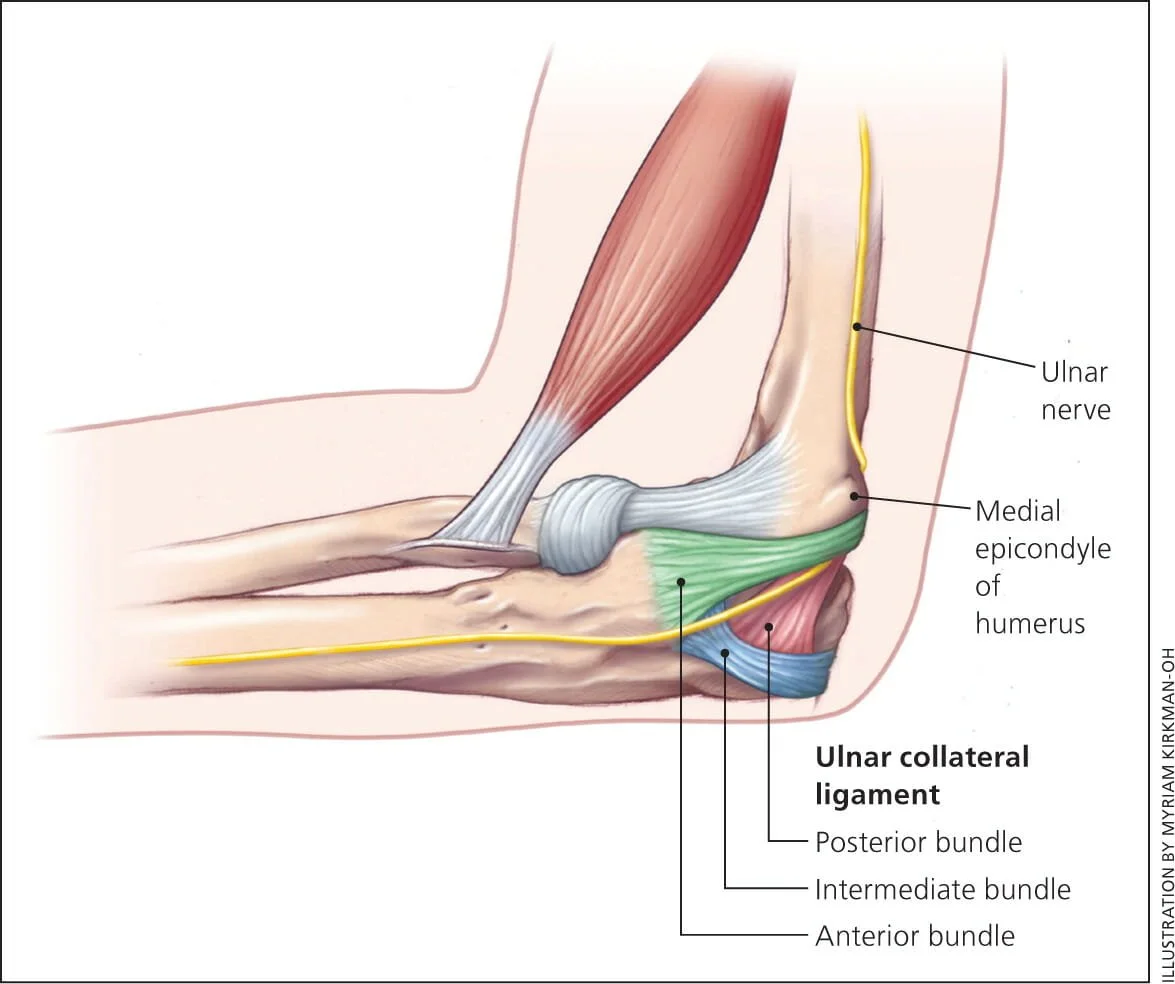Elbow Injury Pandemic & How to Avoid It
Elbow injuries — especially for baseball pitchers — are a real problem. They can derail a season or even end a career, from Little League all the way to the pros.
But here’s the good news: most elbow injuries are preventable with the right training, solid mechanics, and consistent recovery habits.
At Pipeline Sports Performance, our mission isn’t just to build stronger arms — it’s to build healthier ones. Here’s why elbow injuries happen and how you can protect yourself from them.
Why Elbow Injuries Happen
Every time you throw, your elbow absorbs tremendous stress. The faster and more often you throw, the greater the risk. Add poor mechanics, overuse, or weakness in supporting muscles — and the elbow pays the price.
Common causes include:
Poor Throwing Mechanics: Leading with the elbow or using an improper arm path can overload the joint.
Overuse: Throwing too frequently without rest is one of the biggest contributors to arm injuries.
Shoulder Weakness: A weak shoulder transfers stress to the elbow.
Lack of Mobility: Tightness in the shoulders, arms, hips, or legs disrupts mechanics and increases elbow strain.
UCL Stress: Repeated overuse or poor movement patterns can damage the UCL, sometimes leading to Tommy John surgery.
Build Strong Mechanics & a Solid Foundation
Healthy arms start with strong mechanics — and a strong body to back them up. Even small flaws in your throwing motion can create major problems over time.
Working with experienced coaches who understand proper sequencing, posture, and timing is crucial. Combine that with a strength program that targets the lower body, core, and shoulders — not just arm strength — and you’ll dramatically reduce your risk of injury.
The goal isn’t to just throw harder. It’s to move efficiently, stay balanced, and maintain stability through every pitch.
Make Arm Care a Daily Priority
Arm care isn’t optional — it’s essential.
A few minutes of band work, cuff stability drills, forearm strength, and mobility exercises before and after throwing can make all the difference over a long season.
It’s simple, consistent habits like these that separate players who stay healthy from those who end up sidelined.
Manage Workload & Recovery
Your elbow health depends as much on how often you throw as how well you throw.
Track total throwing volume — games, bullpens, practices, and long toss. Overuse remains the number one cause of arm injuries, especially in developing athletes.
Equally important is recovery. Sleep, mobility work, and soft tissue care all help your arm rebound and adapt. Remember — growth happens during recovery, not just during training.
How Pipeline Can Help
At Pipeline Sports Performance, arm care isn’t a side focus — it’s built into everything we do. From High School Player Development and Private Lessons to specialized clinics throughout the year, our training emphasizes healthy, sustainable throwing.
Our Throwing Programs are designed to do two things: improve velocity and keep arms healthy. We combine strength development, efficient throwing mechanics, and recovery science to help athletes throw harder, longer, and safer.
Whether you’re a pitcher, catcher, or position player, protecting your arm is the key to staying on the field and performing at your best.

